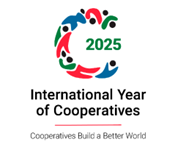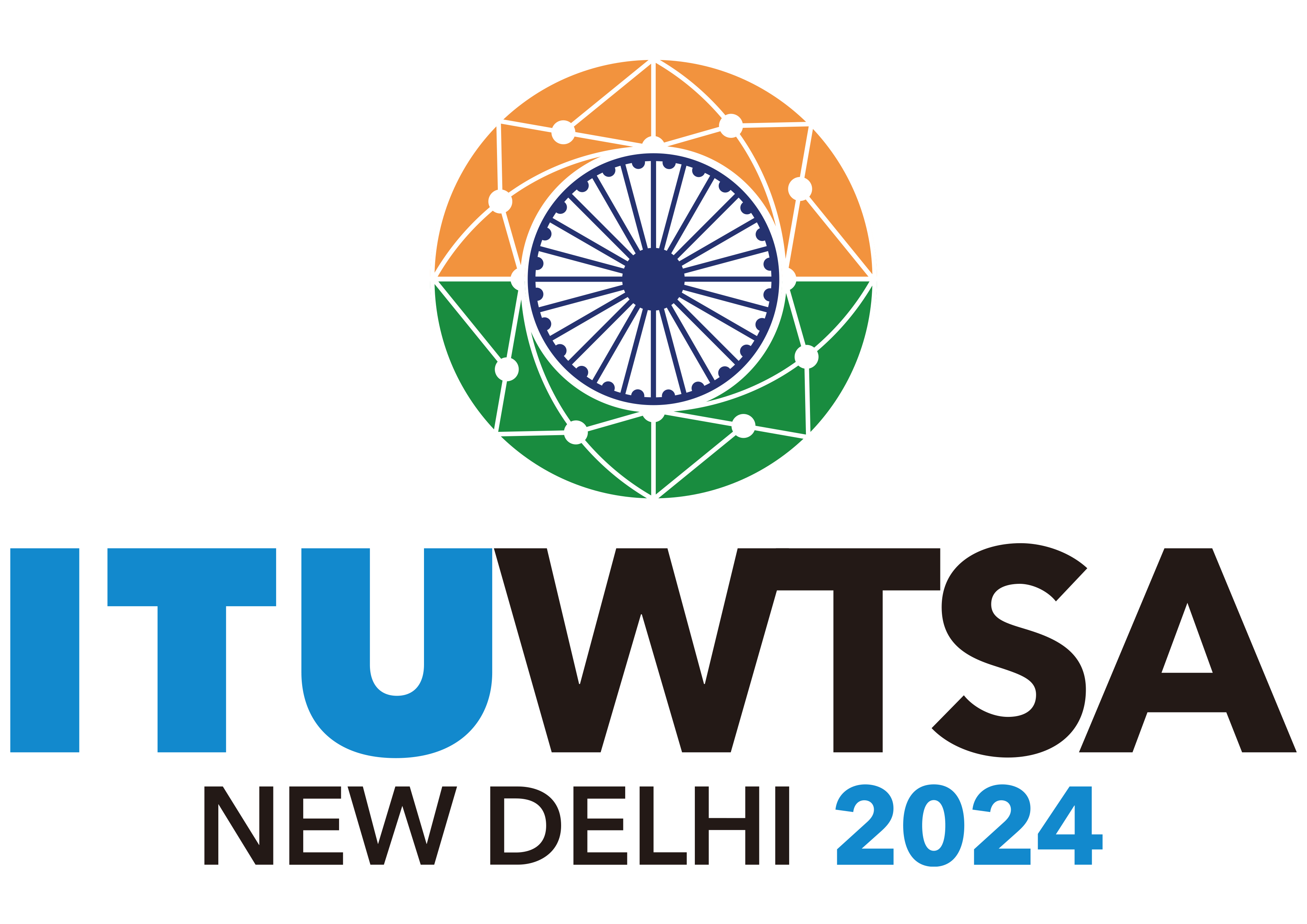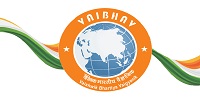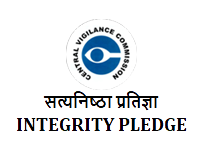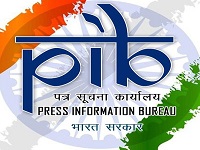Starting with the indelible ink, the hallmark of the nation’s fabric, CSIR has left an indelible mark on every sphere of life. With an all-round approach towards R&D, CSIR reflects India in its diversity and heterogeneity. From agriculture to aerospace, bio-sensors to bio-pharmaceuticals, chemicals to climate change, drug development to deep sea explorations, earth sciences to energy, food to fragrance, glass to genomics, housing to health care, instrumentation to informatics, leather to light combat aircraft, microbes to mining to materials, optics to optical fibers, pigments to power electronics, road to robotics, sensors to solar energy, tractors to transport, UAV to under water vehicles, water to weather forecasting, CSIR has registered its presence. Swaraj, the first tractor, baby milk powder and first super computer are some of the most applauded accomplishments of CSIR.
To celebrate the 75 years of service of this proud heritage, capsule exhibitions are being organized across the country. As a part of these celebrations, CSIR-Central Building Research Institute, Roorkee is organizing a three-days CSIR Platinum Jubilee TechnoFest for students, teachers, general public and user agencies at the Institute.
The CSIR Platinum Jubilee TechnoFest was inaugurated by Dr. S.K. Jain, Director, National Institute of Hydrology, Roorkee and Dr. N. Gopalakrishnan, Director, CSIR-Central Building Research Institute, Roorkee. The Chief Guest witnessed a huge footfall and most significant and path breaking technologies developed by the 38 laboratories of CSIR.
In his presidential address, Dr. N. Gopalakrishnan said that the Institute is inaugurating these celebratory capsule exhibitions with a three-day CSIR Platinum Jubilee TechnoFest. The objective of the technical festival is to educate the people especially students about the various innovations and technologies developed by CSIR and upgrade their knowledgebase in new and emerging areas of science which may provide an opportunity for interaction and exchange of ideas with the scientific community.
The exhibition displays the research and development works of CSIR laboratories in every field of science including aerospace and strategic sector, agriculture and floriculture, chemicals, petrochemicals and water, ecology and environment, energy, engineering and infrastructure, food and nutrition, healthcare, IP and entrepreneurship, nurturing human resources, leather, materials, minerals and mining etc. and the technologies developed under CSIR 800.
Various technologies including indigenous civil avionics such as “Hansa”, “Saras” and “CNM-5”, critical technologies for LCA-“Tejas”, acoustic tests facility for India’s space programme like “Chandrayan-1” and “Mangalyan”, micro aerial vehicals such as “Suchan”, “Pushpak-450” and “Black Kite-300”, engineering components for space applications, early warning system for landslides, high tech indigenous system for measurement of visibility at airports to aid pilots-“Drishti”, technology for nuclear waste immobilization, sustainable ways to enhance crop yield, promising aromatic plants, pot-plants, cut flowers and medicinal herbs, affordable healthcare, paving tiles from industrial wastes, converting waste plastic to automotive fuel and petrochemicals, eco-friendly pest management, disease resistant rice fighting blight, eco-friendly furnace, post-harvest technologies, treatment and reuse of textile industry effluent, autonomous vertical profiler, indigenous autonomous underwater vehicle-“Maya”, “E-nose” for sniffing out dangerous gases, zero discharge using HRTS, “Phytorid” technology for sewage treatment, hazardous waste management, waste to bio-fuel, carbon based materials, hydrogen fuel technology, building products from Kota stone waste, solar PV-RO systems, wood substitute building materials, infant food from buffalo milk, “Ayush” drugs, phytopharmaceuticals, foot care solutions, alternate raw materials for leather, gold from electronic sap and preserving of heritage structures etc , were explained through technical charts.
Dr. Atul Kumar Agarwal and Mr. S.K. Negi, Senior Principal Scientists of the Institute are coordinating the event.
The visitors also get an opportunity to share their questions, inquisitions and thoughts through discussions with the scientific community. The exhibition saw huge crowds of general public, researchers, user agencies and visit from about 5000 students from different schools and colleges of Roorkee and surrounding areas, including Methodist Girls Inter College, Swan Public School Bhagwanpur, Adarsh Bal Niketan, J.P. International School, Delhi Public School, Phoenics Group of Institutes, KL Polytechnic, Children’s Senior Academy Roorkee and Manglour, Shivalik Public School, Kendriya Vidyalaya 1, Kendriya Vidyalaya 2, Shivalik Ganges Public School, Bal Vidhya Mandir, CBRI Junior High School, KLDAV Inter College, College of Engineering Roorkee etc.


















